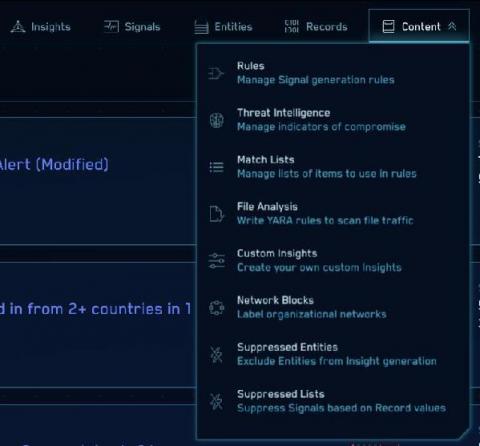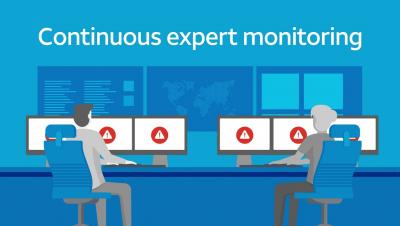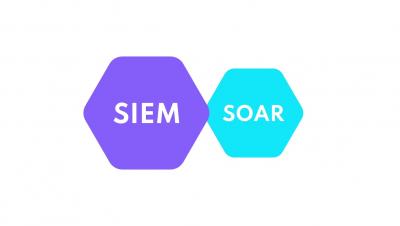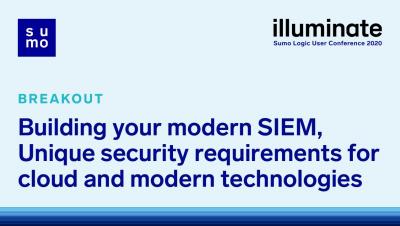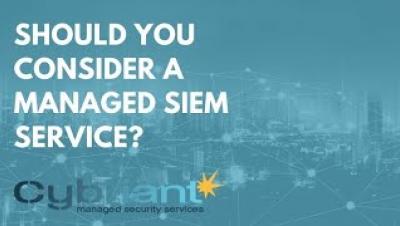AlienVault vs QRadar
It's not uncommon for organizations to encounter hundreds of security incidents on a daily basis—from the trivial poking and prodding of script kiddies to nefarious activities that constitute the inner workings of advanced persistent threats (APTs). Transforming this volume of data into actionable information is impossible without the assistance of security intelligence, specifically, the analytic capabilities of security information and event management (SIEM) tools.



